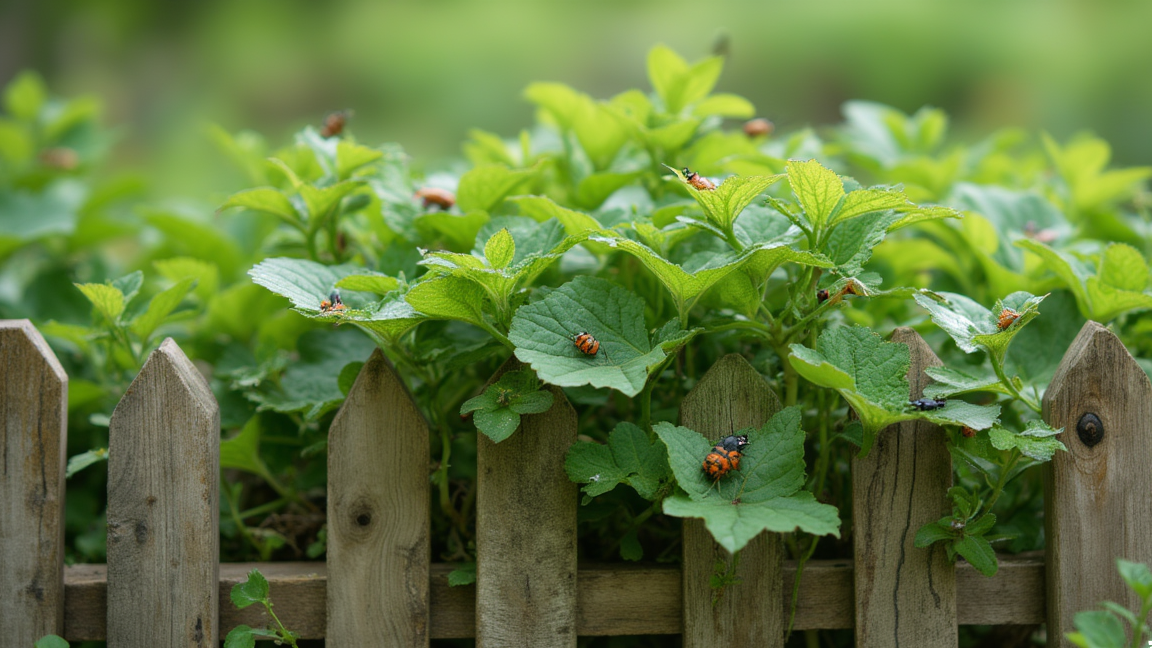“A perfectly sculpted hedge may win garden awards, but does it silence the birds that once nested there?”
The debate over excessive pruning—transforming wild greenery into geometric art—raises urgent questions about human intervention in nature. As shears slice through branches, we must ask: Where does gardening end, and ecological harm begin?
1. The Allure of Control: Why We Over-Prune
- Cultural Obsession: From Versailles’ rigid parterres to Japanese karikomi (topiary), societies equate mastery over nature with status.
- Psychological Drive: Studies show structured landscapes reduce human stress (Ulrich, 1984), fueling demand for manicured spaces.
- Commercial Pressures: Landscaping industries promote frequent trimming as “maintenance,” creating cyclical revenue.
2. The Ecological Cost
- Biodiversity Loss: UK studies reveal pruned hedges host 40% fewer bird species (RHS, 2022). Over-trimming removes berries, flowers, and nesting sites.
- Tree Trauma: Repeated cuts trigger defensive growth, exhausting plants. “Topping” trees (stump-cutting canopies) invites disease.
- Carbon Impact: Healthy, unpruned trees sequester 3x more CO2 (USDA Forest Service).
3. The Ethical Dilemma
- Anthropocentrism vs. Biocentrism: Do humans have the right to reshape organisms for visual pleasure?
- “Greenwashing” Pruning: Some claim topiary “honors nature,” while stripping its ecological function.
- Legal Grey Zones: While tree protection laws exist, most shrubs lack legal safeguards.
4. Solutions: Toward Balanced Stewardship
✅ Selective Pruning: Follow the “20% rule”—never remove more than 1/5 of a plant’s mass per season.
✅ Wildlife-Friendly Design: Allow sections to grow wild; adopt “layered” hedges with flowering understories.
✅ Policy Shifts: Cities like Berlin compensate for pruned greenery by funding urban wildflower meadows.
A garden’s beauty shouldn’t be measured by its submission to shears, but by its capacity to sustain life. Perhaps the most radical act of care is sometimes… leaving things uncut.






